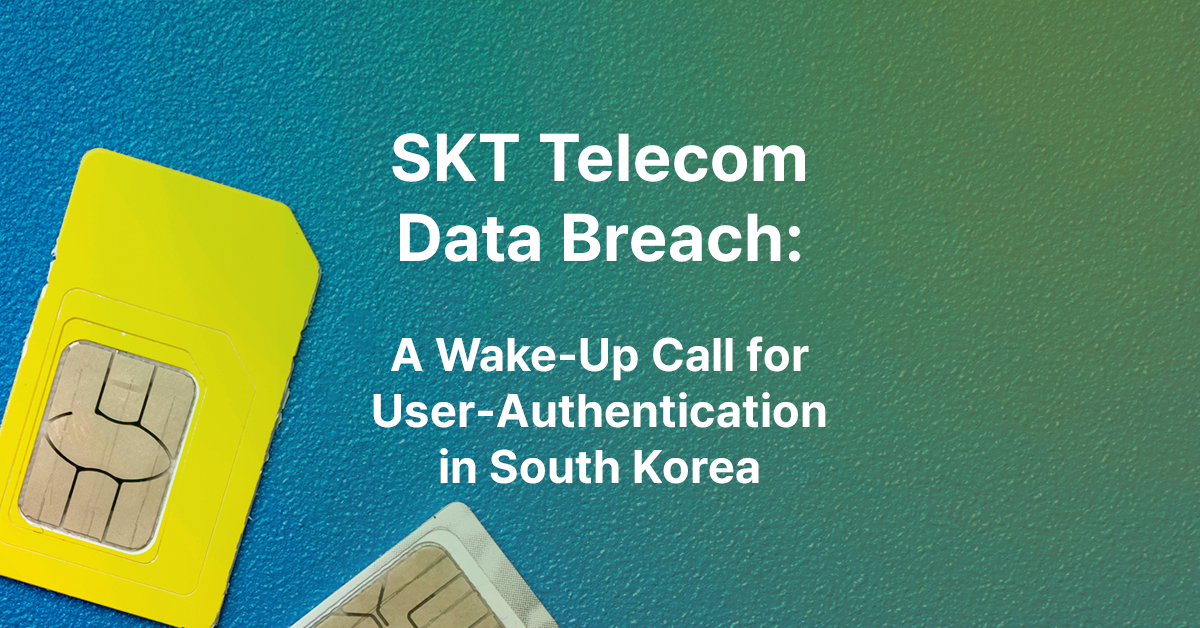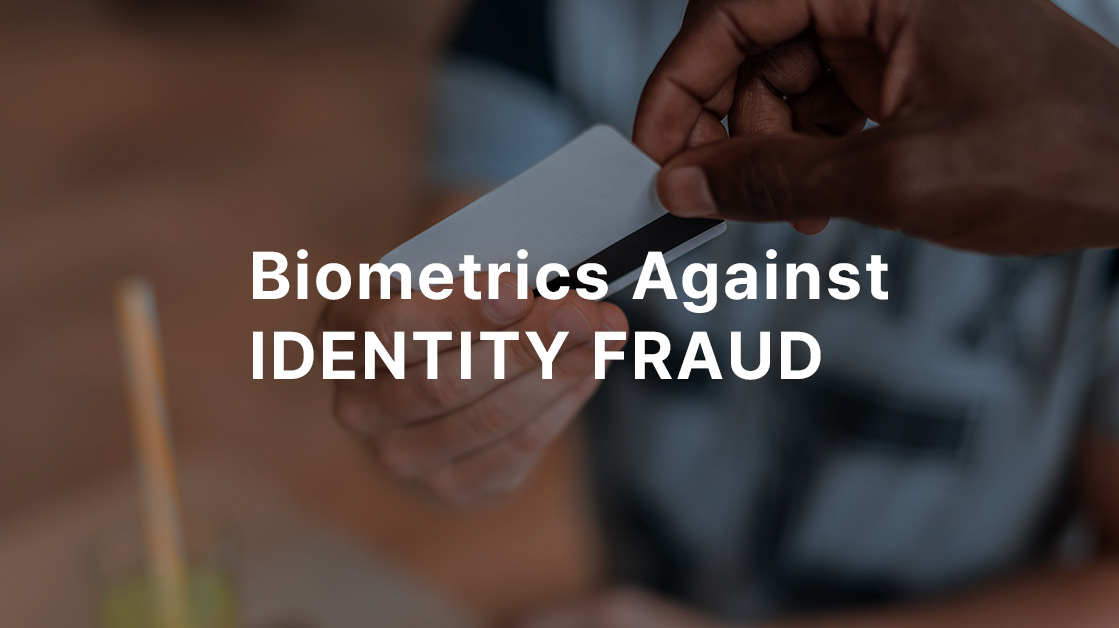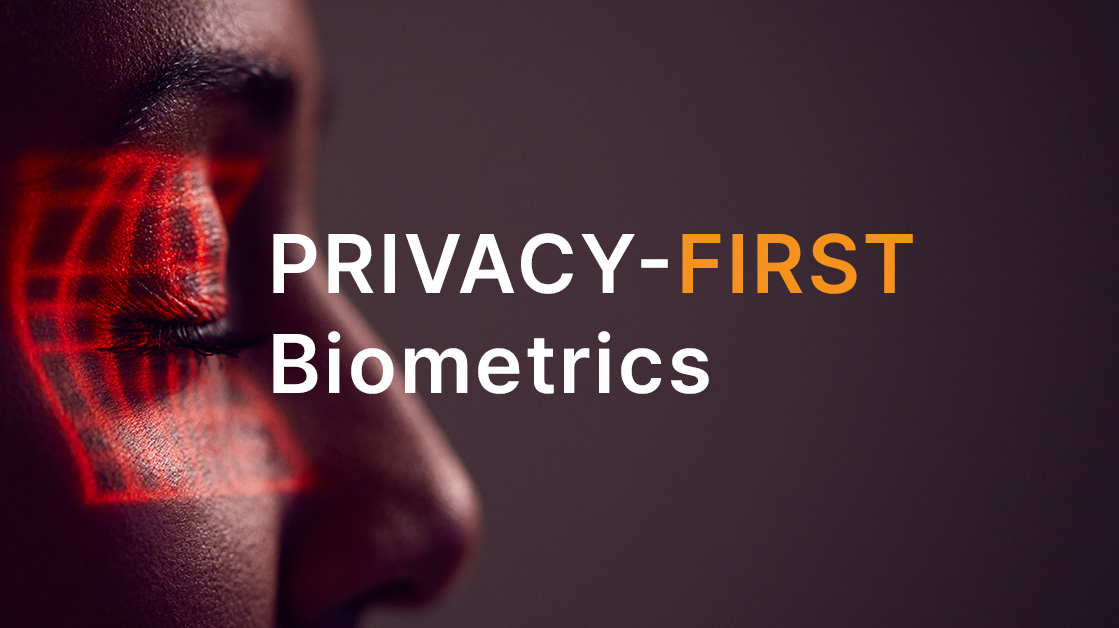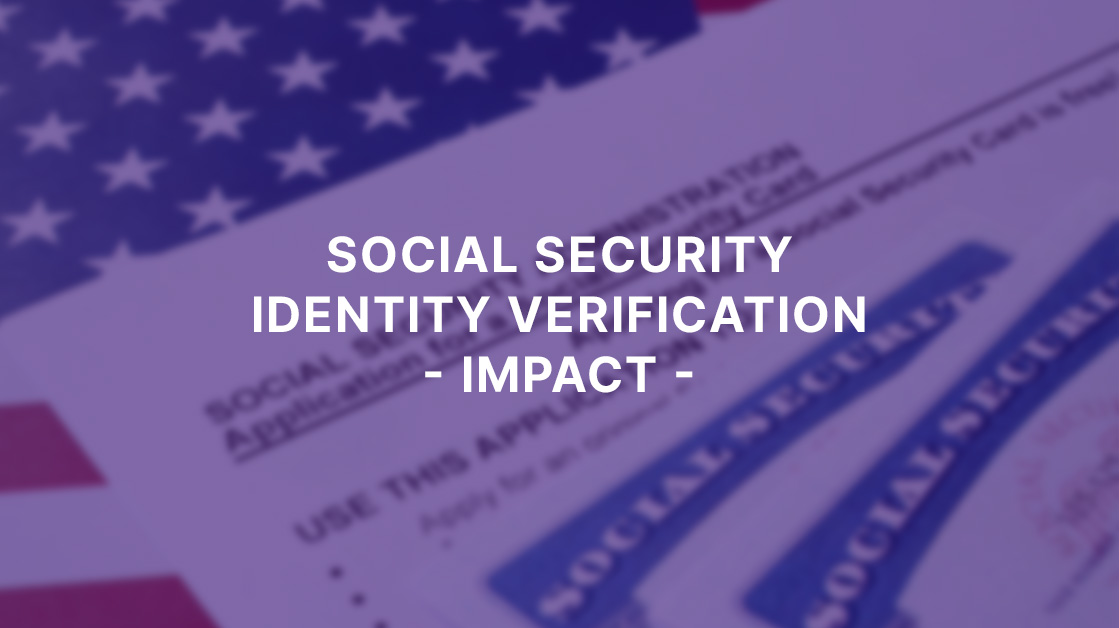
In the aftermath of what might be the worst hacking case in South Korea’s telecommunications history, financial institutions in Korea are racing to strengthen their identity verification systems. The recent breach at SK Telecom (SKT) has exposed critical vulnerabilities in the nation’s digital infrastructure and highlighted the urgent need for more robust, network-independent verification solutions in the financial sector.
The Scope and Scale of the SK Telecom Breach
On April 18, 2025, SK Telecom, South Korea’s largest mobile carrier with approximately 25 million subscribers (note: Korea has a population of around 51 million), detected a cyberattack on its internal systems. The breach was severe enough to prompt CEO Ryu Young-sang to acknowledge it as potentially “the worst hacking case in the nation’s telecommunications history” during a parliamentary session.
The attack exposed sensitive USIM (Universal Subscriber Identity Module) data, including subscriber phone numbers and IMSI (International Mobile Subscriber Identity) numbers, as well as 21 types of SKT’s internal management data related to USIM information processing (Source: government press release). In total, the leaked information amounts to approximately 9.7 gigabytes – equivalent to about 9,000 books or 2.7 million pages of documents according to reports submitted to the National Assembly.
SK Telecom first detected abnormal traffic indicating data exfiltration at its security monitoring center at 11:20 PM on April 18. By 1:40 AM the following day, the company had isolated the compromised equipment infected with malware and begun analyzing the intrusion path and extent of the data breach. However, the company has faced criticism for taking two days to report the incident to authorities, far exceeding the 24-hour notification requirement mandated by law and is now facing additional scrutiny from the public for taking over 2 weeks to notify affected customers.
Potential Links to State-Sponsored Hackers
The breach may have connections to broader international cybersecurity threats. On April 24, Taiwanese cybersecurity firm TeamT5 released a report warning that critical vulnerabilities in Ivanti VPN devices were creating global security risks, with hacker groups tied to China exploiting flaws in the “Ivanti Connect Secure” virtual private network system to infiltrate institutions worldwide.
The timing coincided with the SKT incident, and industry sources indicate that Ivanti VPN equipment is used by many South Korean firms, including SK Telecom, suggesting a possible connection. During the investigation, authorities identified four variants of BPFDoor malware – a stealth backdoor that exploits the Berkeley Packet Filter, making detection of hacker communications particularly difficult.
Market and Consumer Response
The incident has dealt a significant financial blow to SK Telecom, with the company losing approximately 923.6 billion won ($643.2 million) in market capitalization. Meanwhile, an exodus of subscribers has begun, with over 34,000 customers switching to rival carriers KT and LG U+ in a single day. A class-action movement has gained momentum, with more than 49,000 people joining a community supporting legal action against the company within just three days.
Government and Corporate Reaction
Government agencies and public institutions were directed by the national intelligence agency to have SIM cards in business-use wireless devices reissued. The National Police Agency formed a special task force of 22 members to investigate the breach, while the Financial Services Commission (FSC) and Financial Supervisory Service (FSS) established emergency response measures to strengthen consumer protection and financial system stability.
Major corporations have taken swift action, with companies like Hyundai Motor working to secure replacement SIM cards for high-level executives and providing in-house replacement services. Samsung Electronics ordered executives to “immediately” exchange SKT SIM cards, while similar directives were given to employees at other companies of national interest such as HD Hyundai, Hanwha, Naver, and Kakao.
Immediate Protective Measures
Financial institutions have implemented emergency protocols to prevent potential fraud:
- Enhanced Authentication Requirements: Major banks including KB Kookmin, Shinhan, Hana, and Woori are now requiring facial recognition for SKT users seeking to issue new digital certificates or complete mobile financial transactions on new devices.
- Transaction Restrictions: Some financial institutions are denying transaction requests, including the issuance of mobile one-time passwords from SK Telecom users.
- Fraud Detection: Banks have strengthened their fraud detection systems to identify unauthorized financial transactions, with accounts being immediately frozen if fraud attempts are suspected.
- Alternative Verification Methods: Financial service providers are advising SK Telecom users to subscribe to USIM protection services, replace their USIM chips, and use authentication methods other than text messages.
The Vulnerability of Telecom-Led Authentication
The SKT breach has exposed a critical weakness in Korea’s identity verification ecosystem. Many financial institutions have relied heavily on telecom-mediated user verification as part of their authentication processes. Though financial companies typically require at least two additional steps beyond telecom carrier verification for authorizing mobile financial transactions, the breach has highlighted the risk of depending on telecommunications infrastructure for identity verification.
This vulnerability is particularly concerning given that credit card firms in South Korea have been exiting the ID verification services market amid the dominance of telecom-led authentication. The incident underscores the dangers of concentrating verification capabilities within a single industry or technological approach.
Evolution of Identity Verification in South Korea
Historical Context
South Korea has a long history of digital identity verification systems:
Since the early 2000s, most banks in Korea have provided internet banking services based on PKI (Public Key Infrastructure) certificates. This approach was initially mandated by the government, which regulated the application of PKI certificates as compulsory for internet banking until 2015.
In 2007, Korea implemented an “Identity Verification System” to address privacy violations and defamation online. The system was legalized in the Act on the Promotion of Information and Communications Network Use and Information Protection after five years of public discussions and political debates.
Recent Developments in Digital Identity
Prior to the SKT breach, South Korea had been making significant strides in modernizing its identity verification systems:
In March 2025, South Korea completed a nationwide rollout of digital ID, allowing all citizens and foreign residents to add a digital version of their South Korean resident registration card to their smartphones. This digital ID includes security features such as blockchain and encryption, with biometric verification required to prevent identity theft.
Additionally, the government recently launched a residence card verification service for foreign residents, enabling them to conduct financial transactions through mobile phones without having to visit banks in person. This service extracts facial features from the photo on a foreigner’s registration card and compares them to photographs in a database at the Ministry of Justice to verify authenticity in real-time.
The Need for a New Approach
The SK Telecom breach has demonstrated that despite these advances, significant vulnerabilities remain in Korea’s identity verification infrastructure. The incident has accelerated the need for verification solutions that:
- Do not depend on network connectivity
- Cannot be compromised by large-scale data breaches
- Incorporate strong biometric elements
- Function independently of telecommunications carriers
The Future of Secure Identity Verification
As South Korean financial institutions search for more secure identity verification methods, they need solutions that address the fundamental vulnerabilities exposed by the SKT breach. The ideal solution would be network-independent, highly secure, and leveraging advanced biometric technology to ensure that identity verification remains effective even if traditional telecommunications infrastructure is compromised.
The Benefits of Privacy-First, Network-Free Biometric Authentication
In light of the recent breach, there is growing recognition of the advantages offered by privacy-first, network-free biometric authentication systems. Such systems store biometric data locally rather than in centralized databases, eliminating the risk of large-scale data breaches. They operate independently of network connectivity, making them resilient against network-based attacks and outages.
Biometric authentication also provides a higher level of security than traditional methods, as biometric identifiers are unique to each individual and difficult to forge or steal. When implemented with a privacy-first approach that prioritizes user consent and data protection, these systems can offer both enhanced security and compliance with personal information protection regulations.
How SNAPPASS Addresses Current Vulnerabilities
ANDOPEN’s SNAPPASS technology represents a significant advancement in addressing the vulnerabilities highlighted by the SKT breach. As a “facial recognition-based physical ID and authentication solution,” SNAPPASS helps prevent crime and fraud by providing a highly secure and accurate method of identity verification.
Unlike traditional verification systems that depend on networks and central databases, SNAPPASS offers offline, scalable, cold storage biometric identities. This network-free approach means that even if telecommunications systems are compromised, identity verification can continue uninterrupted.
SNAPPASS can support “an infinite number of biometric users with 0% misrecognition” and can secure facilities “including remote or air-gapped environments”. This makes it particularly suitable for financial institutions that require high levels of security and reliability.
For financial applications specifically, SNAPPASS can eliminate financial crime with “SNAPPIN on-board payment cards,” protecting users from card theft, fraud, and unauthorized transactions with biometrically secured payment terminals. This capability directly addresses the concerns raised by the SKT breach about potential financial fraud resulting from compromised USIM data.
Learn how SNAPPASS can harden your organization’s customer data protection:


